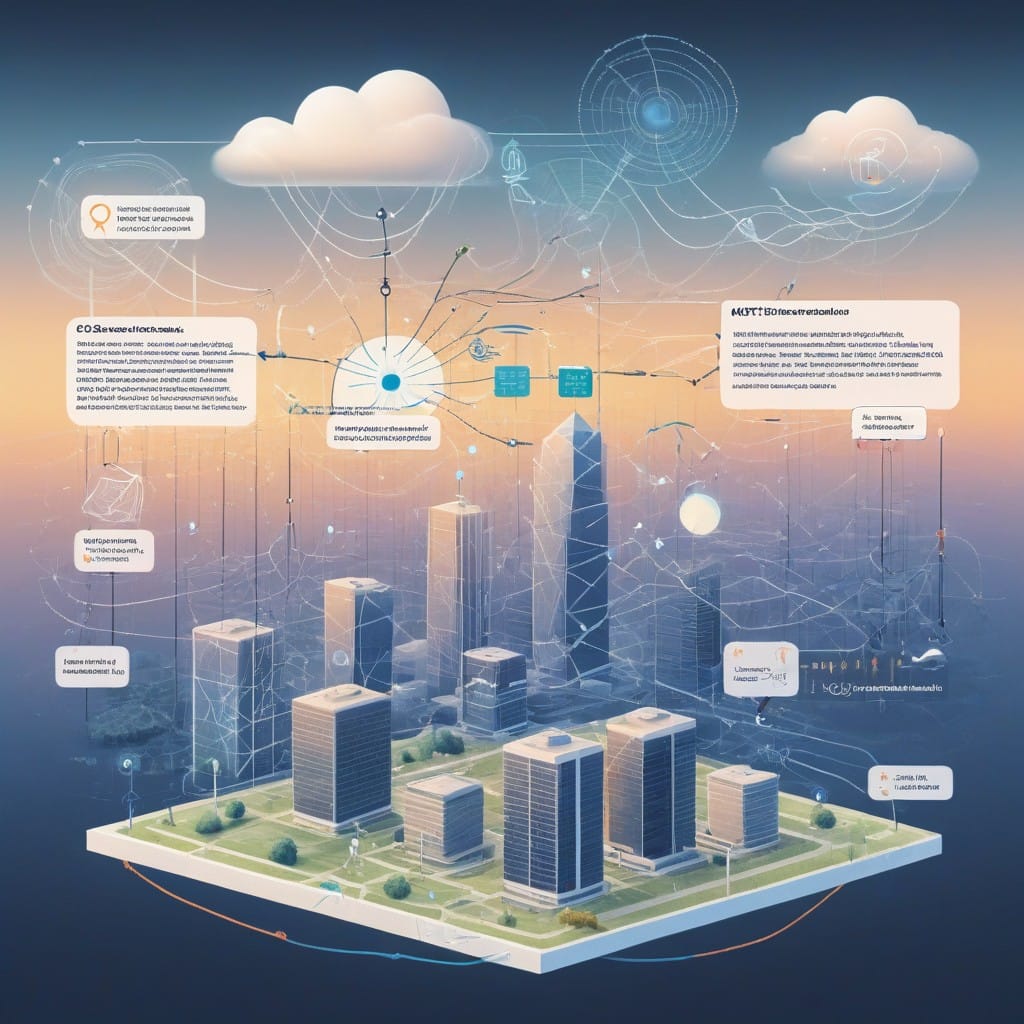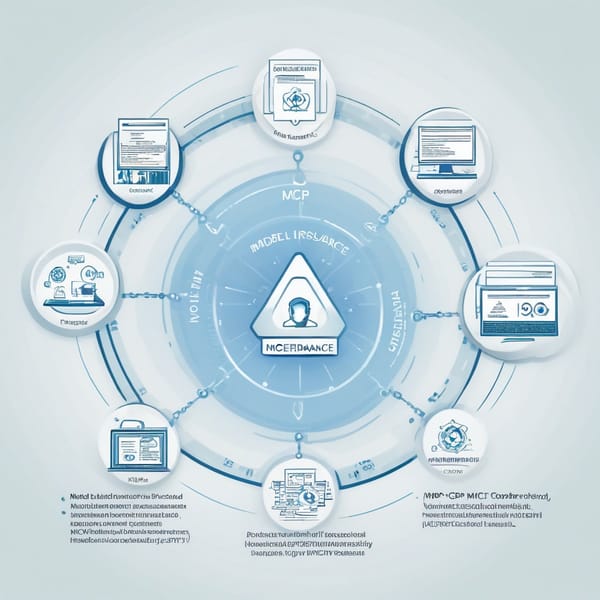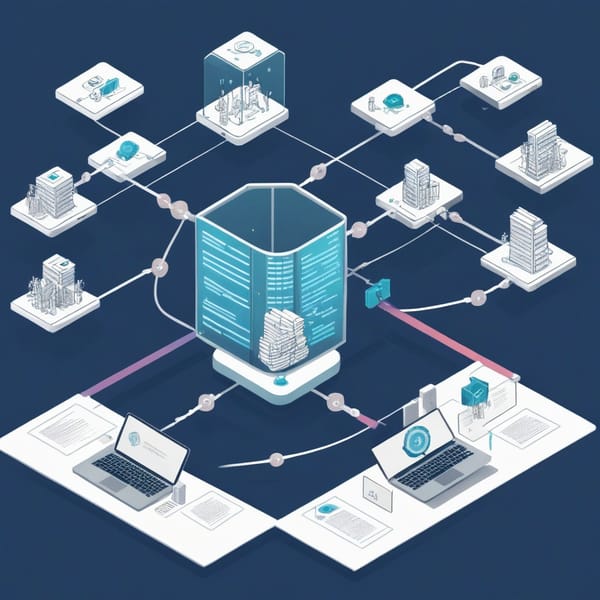Case Study: Model Context Protocol (MCP) Parametric Insurance with Smart Contracts & IoT Weather Stations

Project Overview
The Model Context Protocol (MCP) Parametric Insurance project is an innovative blockchain-based solution designed to automate insurance payouts for weather-related risks using smart contracts and IoT weather stations. Traditional insurance claims processing is often slow, manual, and prone to disputes. MCP eliminates these inefficiencies by leveraging real-time weather data and self-executing smart contracts to trigger instant payouts when predefined parametric conditions (e.g., rainfall thresholds, wind speeds) are met.
This project integrates decentralized smart contract nodes with IoT weather servers to create a transparent, tamper-proof, and automated insurance mechanism. Farmers, businesses, and governments in climate-vulnerable regions benefit from rapid financial relief without lengthy claims assessments.
Challenges
- Manual Claims Processing Delays – Traditional insurance requires extensive paperwork, inspections, and fraud verification, delaying payouts when they are most needed.
- Data Trust Issues – Insurers and policyholders often dispute weather data sources, leading to conflicts.
- High Operational Costs – Manual underwriting and claims management increase overheads.
- Lack of Transparency – Policyholders have limited visibility into payout triggers, fostering distrust.
- Scalability Limitations – Conventional systems struggle to handle micro-insurance for smallholder farmers and SMEs.
Solution
The MCP Parametric Insurance framework addresses these challenges through:
1. Smart Contract-Triggered Payouts
- Policies are encoded as self-executing smart contracts on a blockchain (e.g., Ethereum, Solana).
- When IoT weather stations detect predefined triggers (e.g., 50mm rainfall in 24 hours), the smart contract automatically releases payouts to policyholders.
2. Decentralized IoT Weather Data
- On-chain oracles fetch verified weather data from distributed IoT sensors, eliminating disputes over data accuracy.
- Multiple weather stations ensure redundancy, preventing single-point failures.
3. Parametric Risk Modeling
- Instead of assessing actual losses, payouts are based on objective, measurable parameters (e.g., wind speed, temperature, rainfall).
- Reduces fraud risk and speeds up settlements.
4. Micro-Insurance Scalability
- Blockchain enables low-cost, high-frequency micro-policies for small farmers and businesses.
Tech Stack
| Component | Technology Used |
|---|---|
| Blockchain Platform | Ethereum, Solana (for high-speed transactions) |
| Smart Contracts | Solidity (EVM), Rust (Solana) |
| IoT Weather Stations | Raspberry Pi/Arduino-based sensors with LoRaWAN/Cellular connectivity |
| Data Oracles | Chainlink, Band Protocol (for decentralized weather data feeds) |
| Frontend (Policy Mgmt.) | React.js, MetaMask Wallet Integration |
| Backend & APIs | Node.js, Python (for data processing) |
| Cloud Infrastructure | AWS IoT Core, Google Cloud for sensor data storage |
Results
1. Instant Payouts
- Claims that previously took weeks or months are now settled within minutes of a weather event.
2. Reduced Fraud & Disputes
- Transparent, tamper-proof weather data from IoT sensors minimizes conflicts.
3. Cost Efficiency
- Automation reduced operational costs by 40% compared to traditional insurance models.
4. Increased Adoption in Emerging Markets
- Smallholder farmers in Africa and Southeast Asia gained access to affordable, automated crop insurance.
5. Scalability
- The system supports millions of micro-policies without proportional cost increases.
Key Takeaways
- Automation Drives Efficiency – Smart contracts eliminate manual claims processing, reducing delays and costs.
- Trust Through Transparency – Blockchain and IoT ensure verifiable, tamper-proof data for all stakeholders.
- Parametric Models Reduce Complexity – Objective triggers simplify underwriting and payouts.
- Scalable for Climate Resilience – Ideal for regions vulnerable to extreme weather events.
- Future Potential – Expansion into other parametric insurance domains (e.g., flight delays, natural disasters).
The MCP Parametric Insurance project demonstrates how blockchain, IoT, and smart contracts can revolutionize insurance by making it faster, fairer, and more accessible. This model sets a precedent for future DeFi (Decentralized Finance) insurance solutions, bridging the gap between traditional finance and Web3 innovation.




